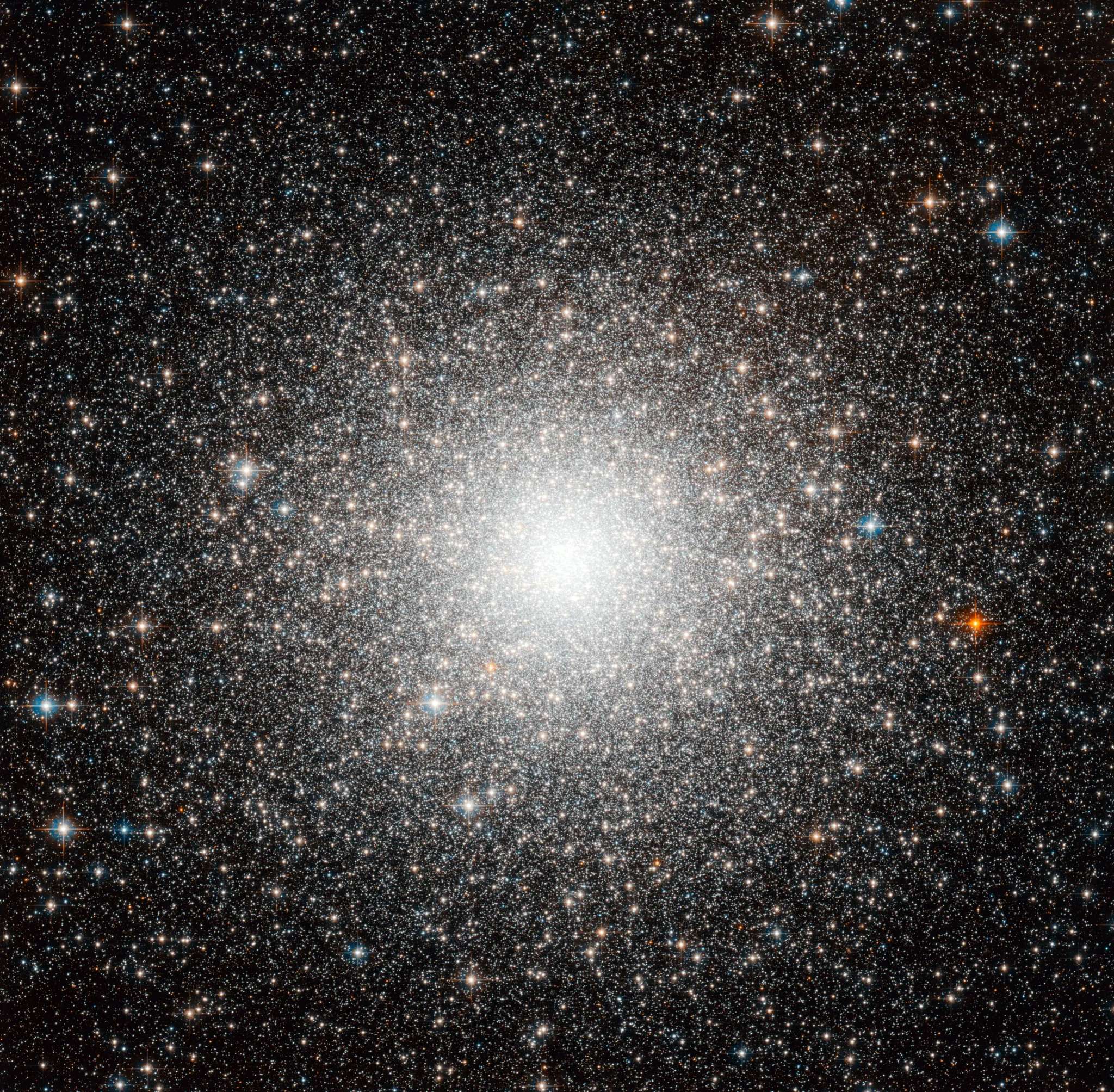M54 | NGC 6715 | Globular Cluster | Sagittarius | 90,000 Light Years Away
Messier 54 is a globular star cluster situated in the constellation Sagittarius, and it was discovered by the French astronomer Charles Messier in 1778. Positioned approximately 87,000 light-years away from Earth, this celestial assembly is located within the Milky Way galaxy. Messier 54 is a dense, spherical collection of stars bound together by gravity, forming a distinctive halo-like structure.
Comprising hundreds of thousands of stars, Messier 54 is notable for its considerable distance from the galactic center and its association with the Sagittarius Dwarf Elliptical Galaxy. The stars within this globular cluster are quite old, with an estimated age exceeding 11 billion years. The study of Messier 54 and similar objects contributes to our understanding of the formation and evolution of globular clusters, offering insights into the dynamics and composition of these ancient stellar communities.
Globular clusters like Messier 54 serve as valuable probes of galactic structure and history, providing astronomers with a glimpse into the early stages of the Milky Way’s formation. The study of such stellar groupings helps unravel the complexities of galactic evolution and offers clues about the conditions prevailing in the early universe. Messier 54, with its position in the outer reaches of the Milky Way and its association with the Sagittarius Dwarf Elliptical Galaxy, adds to the ongoing exploration of globular clusters within the intricate tapestry of our cosmic neighborhood.

